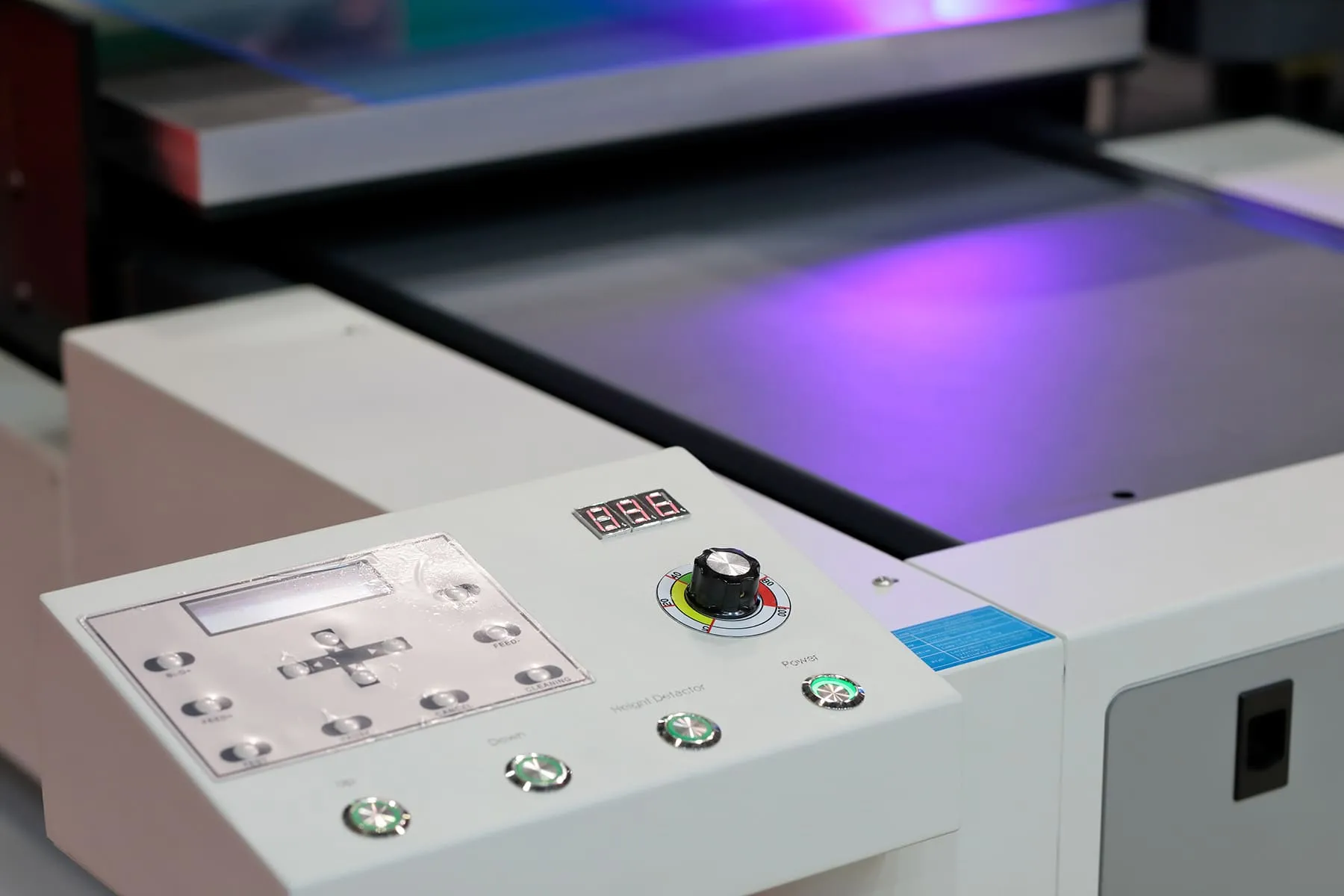Asset finance is a financing solution that allows businesses and individuals to acquire essential assets without the need for large upfront capital outlays. Whether it’s machinery, vehicles, equipment, or technology, asset finance enables businesses to spread the cost of these purchases over time, preserving cash flow while still accessing the tools they need to operate effectively. This form of finance is particularly useful for businesses looking to scale without exhausting their working capital.
How Asset Finance Works
Asset finance provides funding solutions based on the value of the asset being acquired. Instead of purchasing outright, businesses or individuals enter into an agreement with a lender, who funds the purchase of the asset. The borrower then repays the lender in instalments over a set period, often with interest. Depending on the structure of the agreement, ownership of the asset may transfer to the borrower at the end of the term, or the asset may need to be returned.
There are several types of asset finance arrangements, each tailored to different needs and financial strategies. These include equipment finance, hire purchase, leasing options, and chattel mortgages. The right choice depends on a business’s financial goals, tax considerations, and operational requirements.
Types of Asset Finance

Here are the types of asset finance solutions you can choose from.
1. Equipment Finance
Equipment finance allows businesses to acquire machinery, vehicles, and other essential tools without needing to pay the full amount upfront. This is particularly beneficial for industries like construction, manufacturing, and transport, where high-value equipment is necessary for day-to-day operations.
2. Hire Purchase
A hire purchase agreement enables businesses to use an asset while making fixed payments over time. Once the final payment is made, ownership of the asset is transferred to the borrower. This option is ideal for businesses that plan to own their assets outright at the end of the finance term.
3. Finance Lease
A finance lease is a long-term rental agreement where the lender retains ownership of the asset, but the borrower has full operational use. At the end of the lease term, the borrower may have the option to purchase the asset or upgrade to a newer model. This option is common in industries that require regular equipment upgrades, such as technology and logistics.
4. Operating Lease
An operating lease is a rental arrangement where the asset is returned to the lender at the end of the lease period. This type of asset finance is useful for businesses that do not want long-term ownership responsibilities and prefer to update equipment frequently.
5. Chattel Mortgage
A chattel mortgage is a loan secured by the asset being purchased. Businesses take ownership of the asset immediately, while the lender places a mortgage over it as security until the loan is repaid. This structure is particularly beneficial for businesses wanting immediate ownership while still spreading payments over time.
Choosing the Right Asset Finance Solution

Selecting the best asset finance solution depends on factors such as cash flow, business goals, and the nature of the asset being financed. Here are some key considerations:
1. Ownership Preferences
Businesses that want to own assets outright may prefer chattel mortgages or hire purchase agreements. On the other hand, those that prefer regular equipment upgrades may find finance leases or operating leases more suitable.
2. Repayment Flexibility
Different asset finance solutions offer varied repayment structures. Some agreements provide fixed repayments, while others allow seasonal adjustments. Understanding cash flow cycles helps businesses choose the most manageable option.
3. Tax Implications
Tax benefits differ depending on the type of asset finance. Some agreements allow businesses to claim interest and depreciation, while others provide deductions for lease payments. Consulting a tax professional ensures businesses take full advantage of available benefits.
4. Asset Depreciation
Assets such as technology and vehicles depreciate over time. Businesses must consider whether ownership is beneficial or if a lease arrangement, which allows for regular upgrades, is more practical.
5. End-of-Term Options
Some asset finance agreements transfer ownership at the end of the term, while others require assets to be returned. Businesses should evaluate whether long-term ownership or continual asset replacement is the better strategy.
Conclusion
Asset finance is a strategic tool that helps businesses acquire essential equipment while maintaining financial stability. Whether through leasing, hire purchase, or a chattel mortgage, businesses can choose the best financing structure to suit their needs. By preserving cash flow, offering tax benefits, and providing repayment flexibility, asset finance is an invaluable option for businesses looking to expand, upgrade, or manage their operations efficiently.













